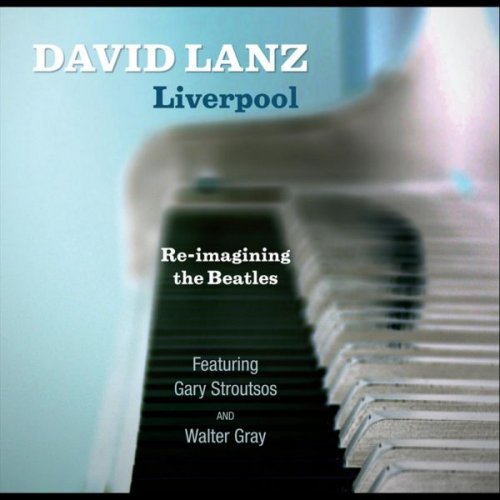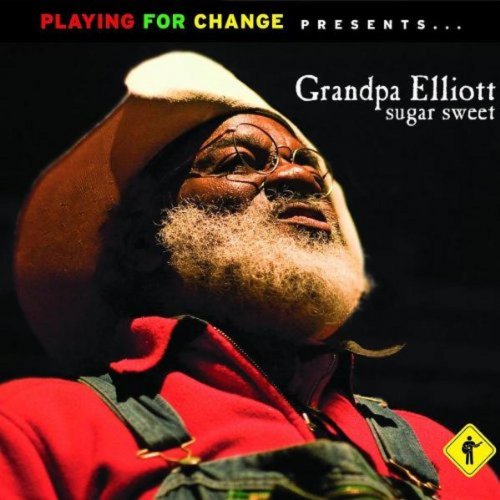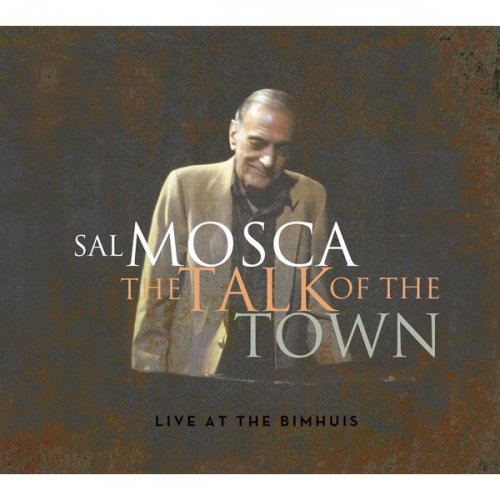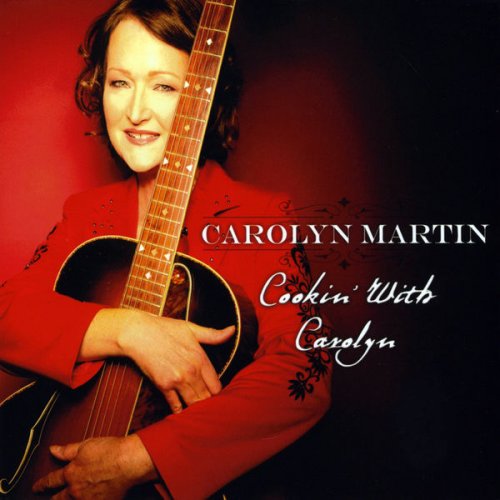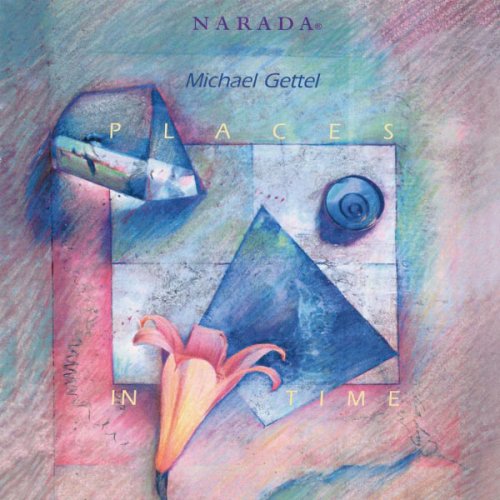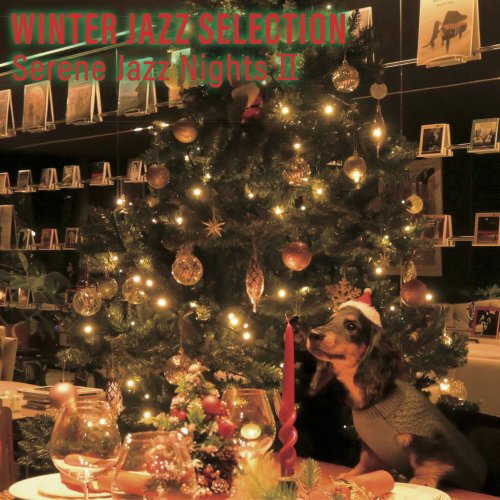Capilla Antigua De Chinchilla & Jose Ferrero - Endechar: Lament For Spain (2010)

Artist: Capilla Antigua De Chinchilla & Jose Ferrero
Title: Endechar: Lament For Spain
Year Of Release: 2010
Label: Naxos
Genre: Classical
Quality: FLAC (image + .cue, log, booklet)
Total Time: 57:31 min
Total Size: 223 MB
WebSite: Album Preview
Tracklist:Title: Endechar: Lament For Spain
Year Of Release: 2010
Label: Naxos
Genre: Classical
Quality: FLAC (image + .cue, log, booklet)
Total Time: 57:31 min
Total Size: 223 MB
WebSite: Album Preview
01. Arvolicos d'almendra
02. Hija mia mi querida
03. Esta montana d'enfrente
04. Una matica de ruda
05. Muerte que a todos convidas
06. Por que llorax blanca nina?
07. Ven querida
08. Cuatro anos d'amor
09. Ya crecen las hierbas
10. Paxaro de hermosura
11. Nani, nani
12. En la mar hay una torre
13. Calvi arabi - Kol libi - Rey don Alfonso
14. Durme, durme hermozo hijico
15. Avrix mi galanica
16. El rey Nimrod
The music of medieval Iberia, from the province of Andalusia or al-Andalus, has survived in oral traditions from all three of its constituent groups, Arab, Jewish, and Christian. This opens up possibilities for reconstructing quite a large body of music, although of course the uncertainties increase along with the variety of information. This release by the Spanish early music group Capilla Antigua de Chinchilla focuses on Sephardic vocal music in the Ladino language. The word "endechar" means to lament, and the concept as applied to the program here seems to indicate not only the actual funeral songs (there are only two, designated "endecha sefardi" in the tracklist), but also the tint of melancholy that seems to pervade the whole. The two endechas are quite unusual; Muerte que a todos convidas (Death who invites us all, track 5) comes from the perspective of a dying nobleman gathering loved ones about him and describes this scene in some detail, while Ya crecen las hierbas (Now the plants are growing, track 7) is a brief, intense lament for the passage of time. There is also a cradle song, a pretty sexy wedding song, and pieces called romance sefardi or cancion sefardi, describing matters of courtly love in a way that would have seemed familiar to French listeners of the time. Are these more melancholy than comparable examples from other medieval cultures? They have been shaped over the centuries by Jewish and Arabic traditions that make them sound "minor," but this doesn't close the case, and the "Lament for Spain" subtitle of the disc is purely an abstract notion rather than a description of the contents. Reconstructors of this music can choose from among various emphases: not only Jewish, Arabic, or Christian, but also eastern and western Mediterranean, for these songs migrated eastward after the Jewish expulsion from Spain in 1492. Listeners whose interest is in Jewish music specifically will find that these performances don't sound Jewish in the modern sense. That's because the performers have relied on sources from modern Morocco, where these songs survived with Arabic lyrics; these lack the heavy ornamentation characteristic of the eastern basin. Nor are the instruments specific to the Jewish world; they are, as director Jose Ferrero points out in his notes, mostly characteristic of Christian Europe, a procedure for which he cites documentary evidence. One hears flutes, medieval harps, shawms, and most remarkably a beautifully played psaltery, along with Arab viols and a variety of percussion instruments including "nackers," which are castanets. The performances are all lively and give a sympathetic introduction to this still rather neglected phase of the Iberian medieval repertory. The booklet, in English and Spanish, needed a final round of editing. For texts in Ladino and English, the listener is obliged to go online. -- James Manheim
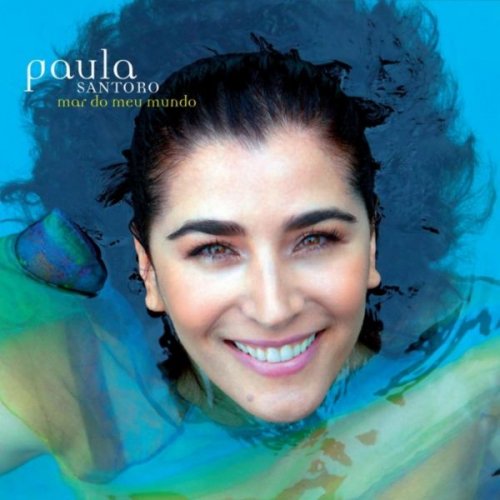
![Club Bolero, Armik - A Day in Brazil (2007) [Hi-Res] Club Bolero, Armik - A Day in Brazil (2007) [Hi-Res]](https://img.israbox.com/img/2025-12/15/5l607nskcv4xb0n237d8ngs7q.jpg)

